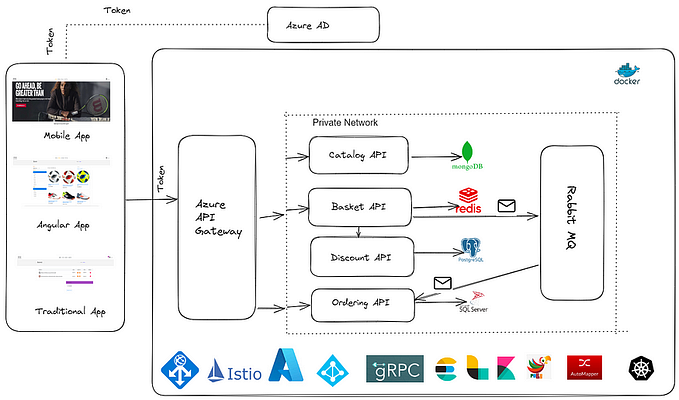Member-only story
Practical Ways to Refactor Code for Readability
Code Refactoring, Readable Code, Refactoring Tools

Coding can often be a puzzle, especially when dealing with a complex, chaotic codebase. Ever tried to decipher your own code after a while and ended up scratching your head in confusion? If so, this article is for you. Let’s delve into the world of code refactoring and its role in enhancing code readability.
Here’s a quote before we continue, from an author of the book Clean Code.
“Any fool can write code that a computer can understand. Good programmers write code that humans can understand.” — Robert C. Martin
Understanding Code Refactoring
Code refactoring, in essence, is the ‘spring cleaning’ of coding. It refers to the modification of existing code to enhance its structure, readability, and performance, without altering its output. Think of it like tidying up your room — it doesn’t change the room itself, but it makes navigating it a lot easier.
The Importance of Readable Code
Why should we bother about code readability? Picture this: you’ve created a marvelous dish from a recipe but it’s all jumbled up. Others struggle to follow your steps, or even worse, you can’t recreate it! Similarly, code readability ensures easy understanding, debugging, and updates for you and your fellow programmers.
The Art of Code Refactoring
Refactoring your code for readability isn’t an enormous task. It’s about small, cumulative changes that drastically impact your code’s navigability. Let’s explore some strategies.
The Principle of Small Steps
Refactoring involves making minor, yet meaningful changes that enhance readability without introducing new bugs.
# Don't
def calculate(x, y, z):
return x**3 + y**3 + z**3 - 3*x*y*z if x == y == z else x + y + z
# Do
def calculate(x, y, z):
if x == y == z:
return cubic_sum(x, y, z)
else:
return simple_sum(x, y, z)







